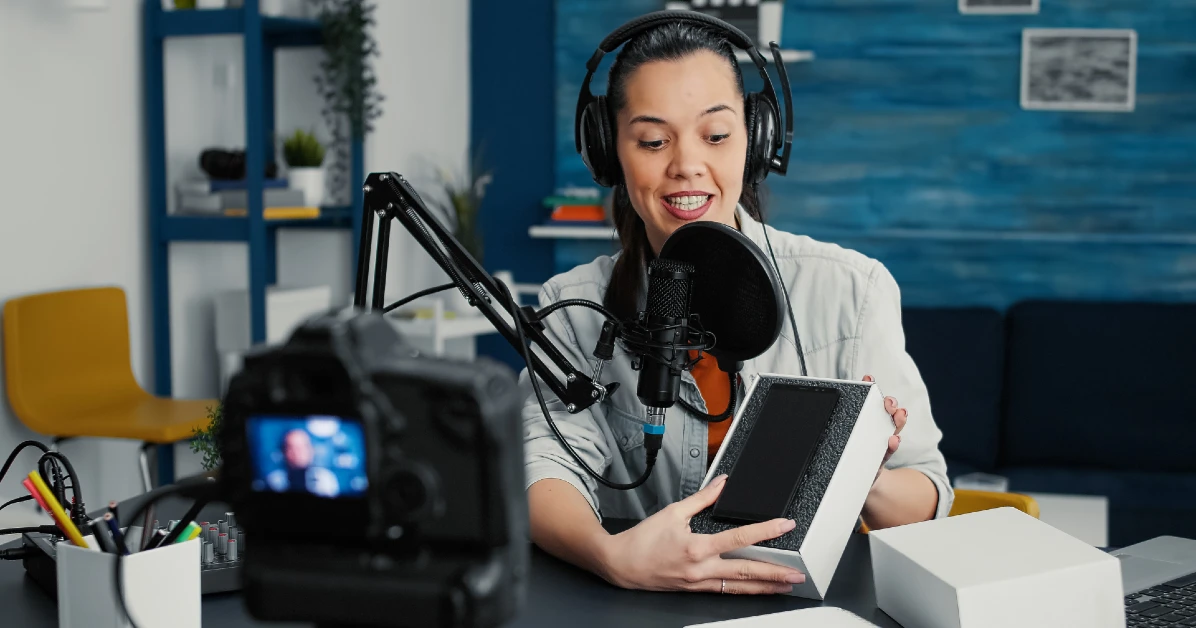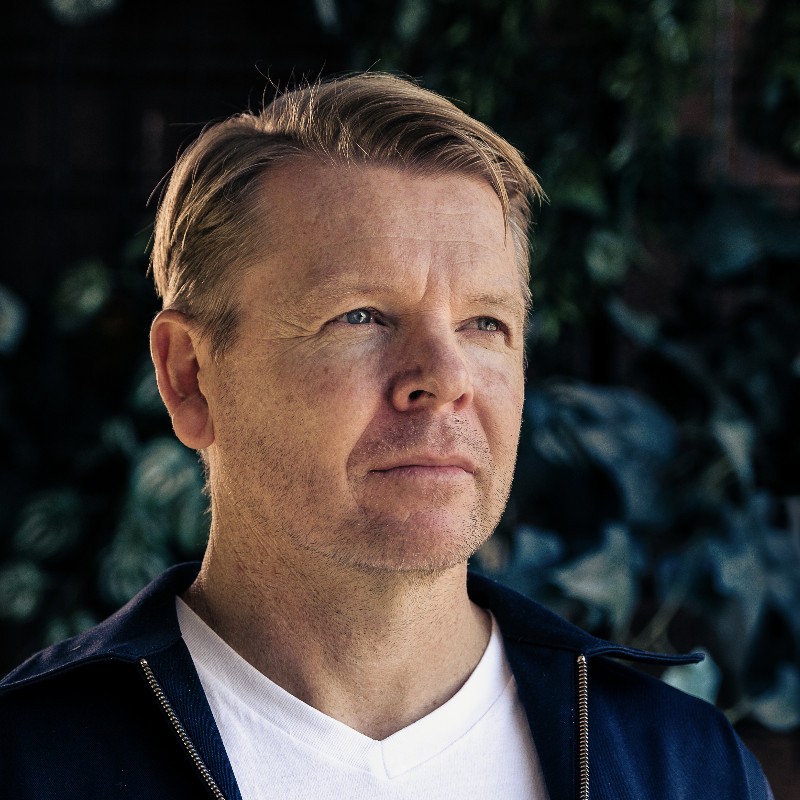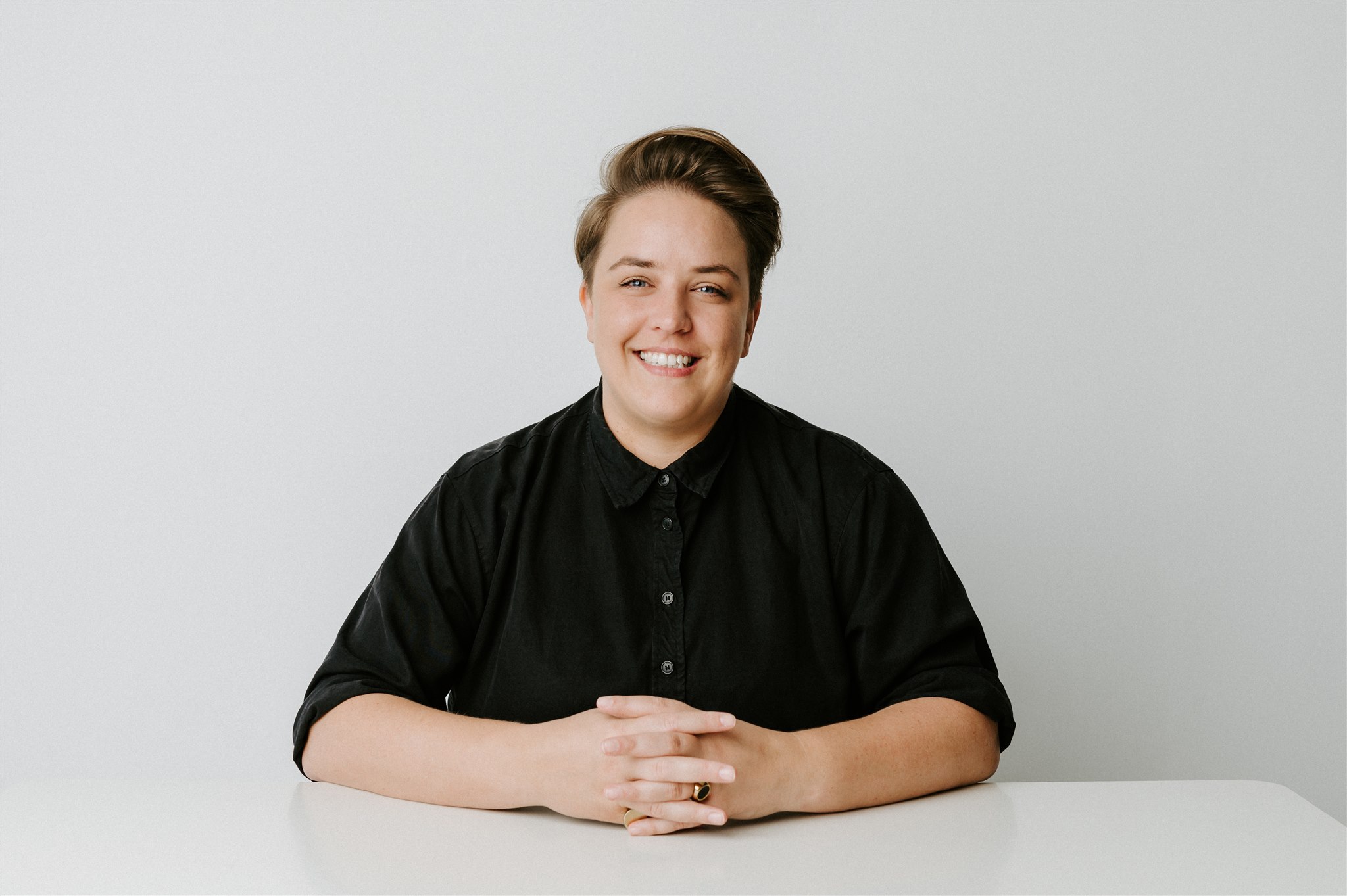‘Oh here we go, another list of social media no-no’s, like there’s not enough of them around’. I concur, but some of these issues just keep coming up, and you can only assume it’s because no one is advising otherwise. Some of these were even considered best practice, once upon a time.
Given this, I felt it important to highlight the below list of social faux pas that people are committing on a daily basis. While they’re understandable – no doubt we’ve all committed a few of them in our time – hopefully the below explanations will clarify why they’re not helping, and why you need to cut them out to improve your social media presence.
1. Auto DM on follow
I hate the auto-DM on follow. ‘Hey, thanks for following, look forward to your tweets’. Nothing sounds less genuine than an automated message. What’s more, there’s literally no benefit to it. Why would you bother setting up an automated welcome that is so obviously a canned response, so blatantly auto-generated?
I’m sure at one time it was considered good practice, but as we move towards more human relationships, towards genuine, personal connections and away from bland messaging, it’s surely time for the auto-DM on follow to go the way of the dinosaur. An ‘automated, personal response’ is an oxymoron – there’s nothing personal about a robotic welcome message.
2. Mis-using hashtags
Too many hashtags doth make a tweet difficult to read. Ideally, your tweets should be as concise as possible to ensure people have more room for RTs and MTs, so if you get to the end of your message and you have room, there’s no need to fill that space with as many hashtags as you can. But even worse, using unfocussed, un-researched hashtags looks foolish.You see people doing it all the time, making up hashtags like ‘#joshcantdance’ for their picture from the weekend, ‘#imwiththisbabe’.
The purpose of a hashtag is to enable users to click on it and see the extended discussion happening around that term on the platform. If there’s no other discussion (and not likely to be any), there’s not really any point using a hashtag. Mostly, it just looks like you have no idea what you’re doing – and that’s fine if you’re not trying to say you do – but if you’re presenting yourself as someone in the know on social media and you’re putting in random hashtags, it’s not a great look. Also, don’t put hashtags in your LinkedIn updates (LinkedIn doesn’t support hashtags – they tried it, but rolled it back shortly after).
3. Buying followers
I’ve written about this before, but what’s so bad about buying followers, in particular, is that it’s, generally, very obvious. Occasionally you’ll get followed by someone and you’ll click through to check their profile. Then you notice they’ve got eight thousand followers, yet they’re following only two hundred people. They must be important, right? But you’ve never heard of them. Then you have a look at their followers, see who’s listening to them. Oh look, there’s ‘@ajz1031ab’ – well how many followers does he have – he has eight followers, but he’s following exactly two thousand people – the Twitter limit for follows without a proportionate number of followers. There’s ‘@glfb56667re’ and ‘@trw5447po’ – these are phony profiles, all following around two thousand people but being followed by hardly any, and all with about ten tweets to their name. They’re obviously fake – this person has bought followers (you can confirm this by running them through TwitterAudit which will show you how many of their followers are most likely fake).
Having loads of followers might impress people with little knowledge of social media, but anyone with half a clue will be able to detect this very quickly, and the problem with that is it ruins your credibility overall – how can we know you have any influence, have any presence, how can any of your profile info be trusted if this element is clearly a lie?
Celebrities and brands can disguise it somewhat, because it’s normal for their follower to following ratios to be out of balance, but for individuals who aren’t famous, it’s pretty easy to spot. Just don’t do it, it's always a bad idea.
4. Adding additional links to your content curation process
This one has only come up recently, and it happens with various platforms, but I’ll use Google+ as the example. Every one of your posts on Google+ is given its own individual URL. You can post content there, then share that URL to link people to it. Some are using this as a means of upping their Google+ engagement – they post a link to an article on G+, then share that link with their followers. You then click on the link and get taken to their Google+ page with another link to the actual content. This means they get an extra click on G+ and you’re also exposed to their G+ page, which may increase the chances of you connecting with them there, etc.
Whilst this is not a definitive faux pas, anything that adds extra complexity to the sharing process – an additional step that’s of no benefit to the target audience – is generally not a positive move. Adding in the additional click-through only benefits the person sharing the content, and it’s annoying to be referred to an extra page in order to get to the content you’re seeking. Unless there’s good reason to funnel the reader through a secondary platform, I’d stick to the one click link – this is better for the user experience and for ongoing relationships, overall.
5. Connecting your Twitter and Facebook accounts
Just, why? Why do it? The content formatting is completely different on Twitter and Facebook – you can remove the URL from Facebook, your hashtag use will likely be different, you can write more than 140 characters – there’s really no reason to have your Twitter posts coming up on Facebook Newsfeeds. It’s obvious when people do this – and yes, there may be occasions when it works okay, but it’s always better to post separately to both platforms, utilising their unique benefits.
I’ve done this. I’m embarrassed to admit to now, but I did once link my Twitter and Facebook accounts and marvelled at my genius, double-whammy approach. Foolish. Your audiences are different on each platform, your messages are different, you need to separate the two and post specifically to each.
The social media landscape is always changing, and what’s considered best practise one week might be frowned upon the next. It’s important you keep up to date with platform changes in order to best represent yourself and your brand on the various platforms. Used well, they are invaluable resources, but used poorly, they can damage your credibility and, ultimately, your brand. Stay up to date, research how others are using them, and learn how to maximise your social media potential, tweet by tweet, post by post.
ABOUT THE AUTHOR
Andrew Hutchinson
Andrew Hutchinson is a social media consultant and freelance writer from Melbourne, Australia. He has more than 11 years experience working in media monitoring, helping clients locate, evaluate and action keyword mentions in all forms of traditional and digital media. He's an internationally published author, an award winning blogger and one of the ‘Best Thinkers' on leading social media news website Social Media Today.
Latest.

How To Give Your Creative Career More Stability In Times Of Change
Industry Trends, Job Seeker

The Key to Being Job-Ready is Being Resume-Ready
Job Seeker

Are Companies Taking Advantage Of Job Seekers In A Competitive Market?
Job Seeker, Industry Trends, Hiring Insights




